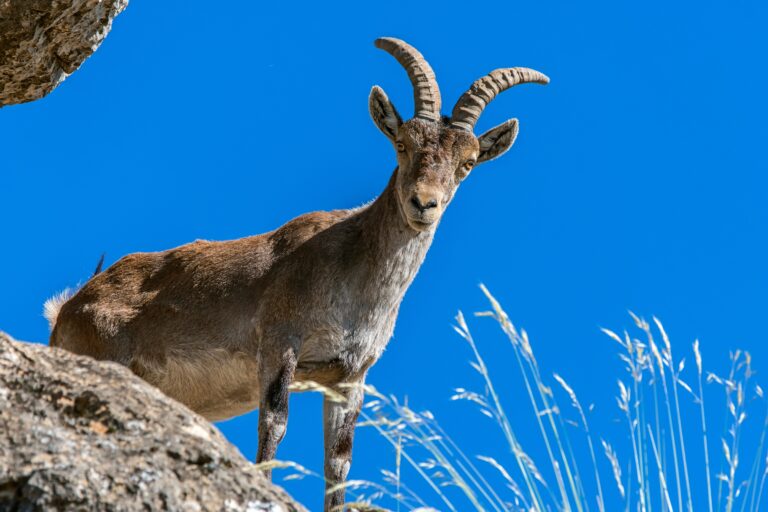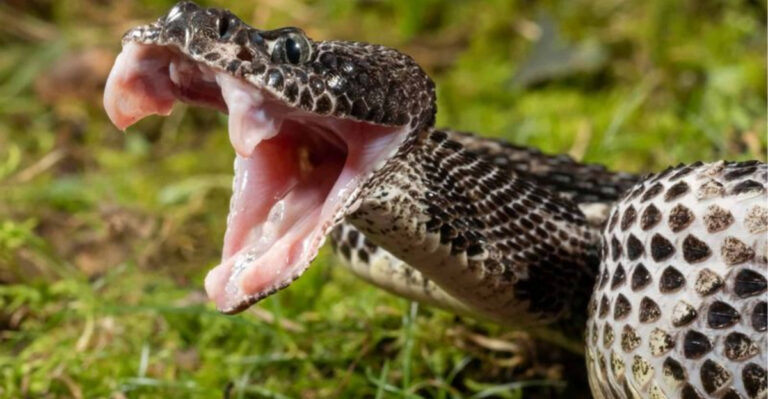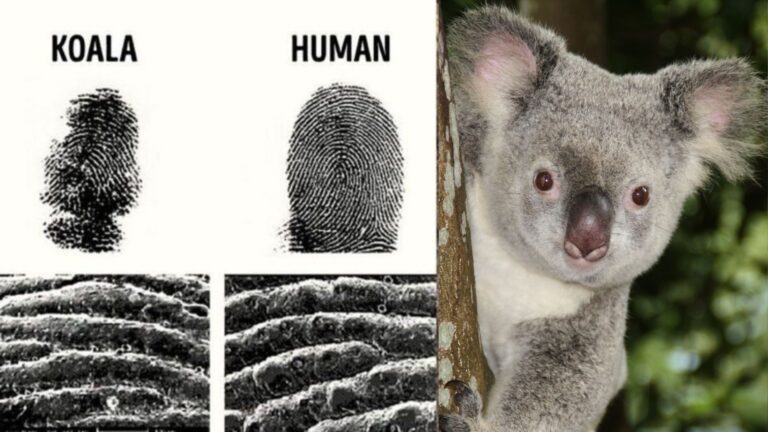These Are The Smallest Mammals Ever Spotted In The U.S.
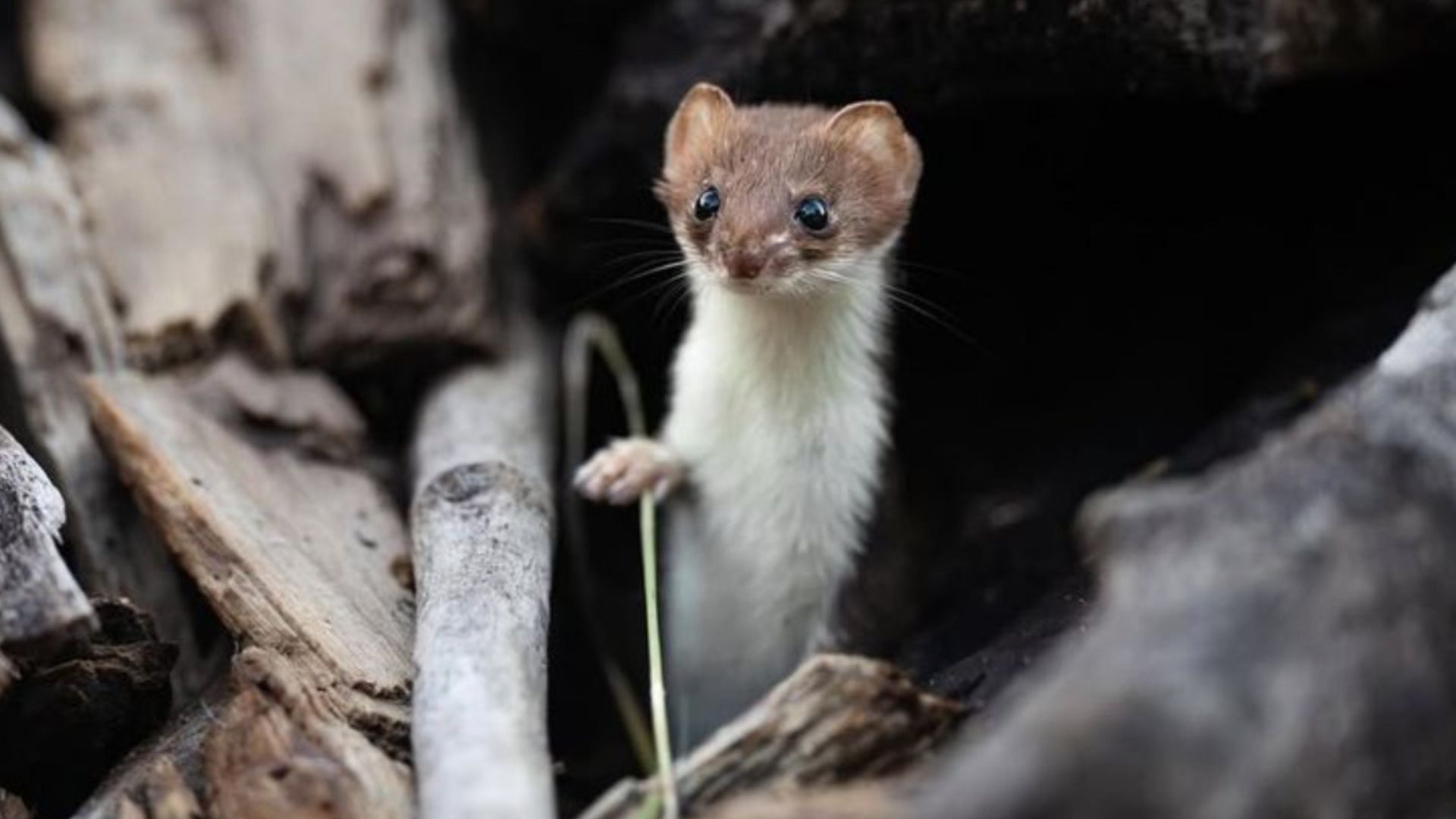
Prepare to embark on a tiny adventure as we explore the fascinating world of the smallest mammals found right here in the United States.
These little creatures, though diminutive in size, pack a punch in terms of ecological impact and sheer cuteness. From the dense forests to the vast deserts, these mammals have adapted in remarkable ways to thrive in diverse environments.
Whether you’re an avid nature enthusiast or simply curious about the smallest members of the mammalian family, this list will surely captivate you with delightful surprises and intriguing facts.
1. American Pygmy Shrew
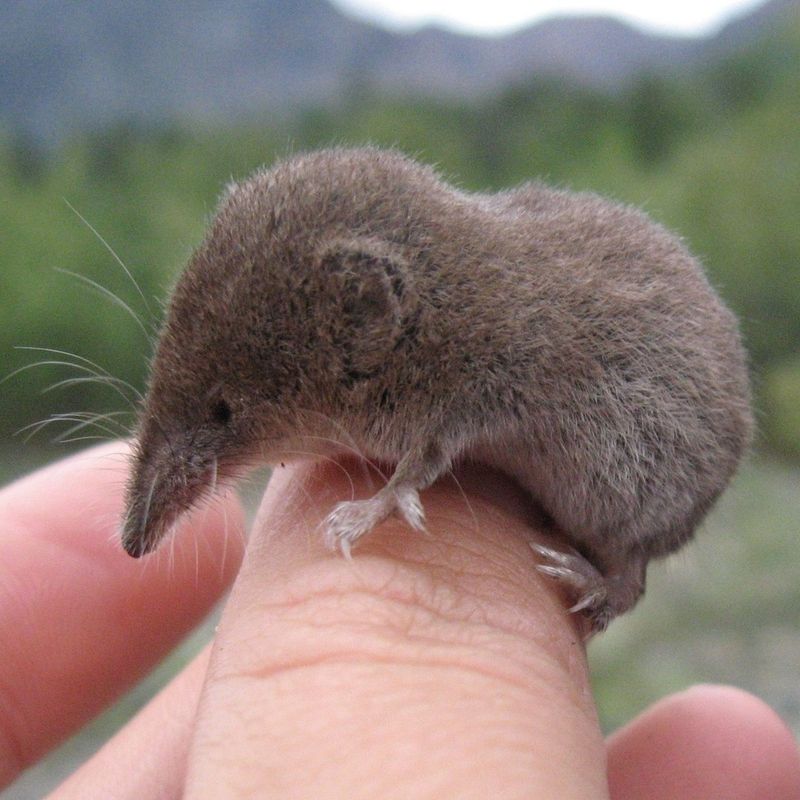
The American Pygmy Shrew holds the title of one of the smallest mammals in North America. Weighing in at less than a dime, these tiny creatures can fit comfortably on a human thumb. Despite their size, they have a voracious appetite, consuming twice their body weight daily.
Their high metabolism requires them to eat almost constantly, feasting on insects and small invertebrates. These shrews are so small and quick that spotting one is akin to finding a needle in a haystack.
With a lifespan averaging just over a year, American Pygmy Shrews are essential players in their ecosystem, controlling insect populations. Their diminutive size doesn’t stop them from having a big impact on their environment.
2. Western Harvest Mouse
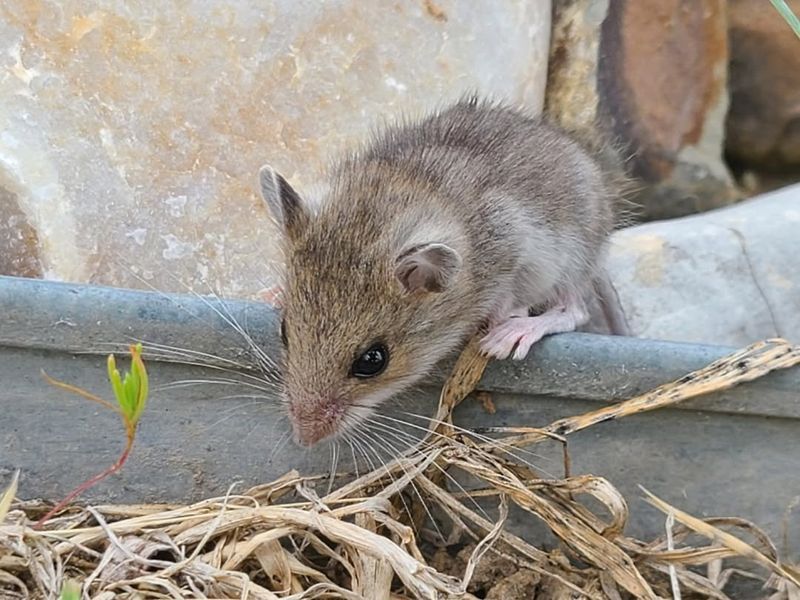
The Western Harvest Mouse is a petite rodent renowned for its nocturnal habits and seed-loving diet. Found in open fields and grassy areas, this mouse blends seamlessly into its surroundings with its brown and gray fur.
Weighing just a few grams, the Western Harvest Mouse can hide away with the best of them, making it difficult for predators to track. They are exceptional climbers, often seen scampering up stems and grasses in search of food.
Despite their small stature, these mice are vital to their habitats, aiding in seed dispersion and serving as prey for various birds and reptiles. Their presence is a good indicator of a healthy ecosystem.
3. Least Weasel
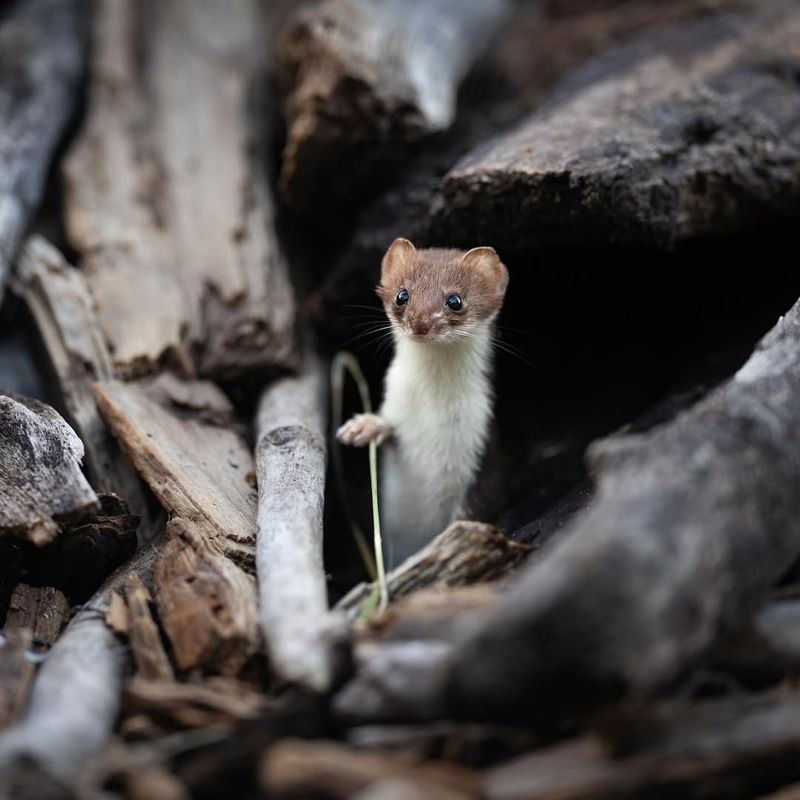
Despite its small size, the Least Weasel is renowned for its bravery and hunting prowess. Weighing as little as a deck of cards, this predator can take down prey much larger than itself.
Found throughout the Midwest, the Least Weasel’s fur changes with the seasons, turning white in winter to blend into snowy landscapes. This camouflage aids in stalking unsuspecting prey.
An agile and fierce hunter, this weasel is a key player in controlling rodent populations, keeping ecological balance in check. Though small in size, the Least Weasel is a mighty force in the wild.
4. Eastern Pipistrelle Bat
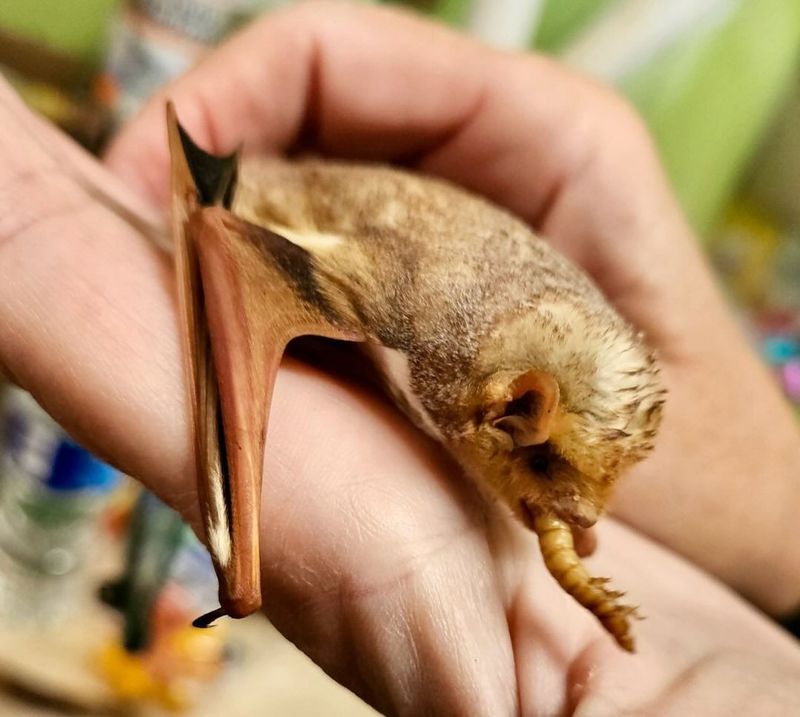
The Eastern Pipistrelle Bat, also known as the tri-colored bat, is a tiny winged wonder of the night. With a wingspan of about 8 inches, this bat is among the smallest in North America.
These bats are known for their erratic flying patterns, often seen darting in and out of trees as they hunt for insects. Their unique coloration, with bands of dark and light fur, gives them their tri-colored name.
As nocturnal insectivores, Eastern Pipistrelles play a significant role in controlling insect populations, including those pesky mosquitoes. Their presence is crucial for maintaining a balanced ecosystem, making them tiny but mighty protectors of the night.
5. Southeastern Shrew
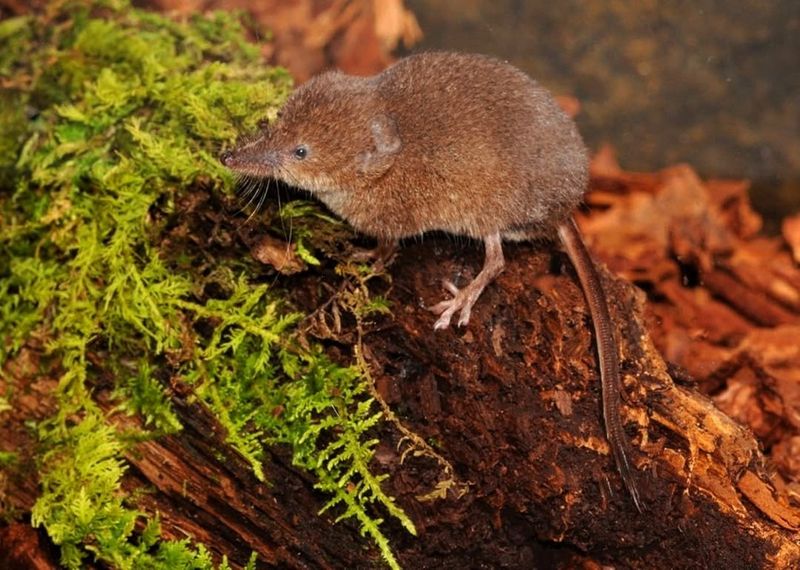
Another tiny marvel of the mammalian world, the Southeastern Shrew resides primarily in the southeastern regions of the United States. This miniature mammal thrives in moist forest habitats where it can easily find its favorite food: insects.
Its small size and grayish-brown fur make it nearly invisible against the forest floor. However, despite its elusiveness, the Southeastern Shrew is vital for maintaining healthy insect levels.
With a high metabolism, this shrew is constantly on the move, spending much of its time foraging. While its life is fleeting, often lasting just a year, its role in the ecosystem is both significant and fascinating.
6. Desert Pocket Mouse
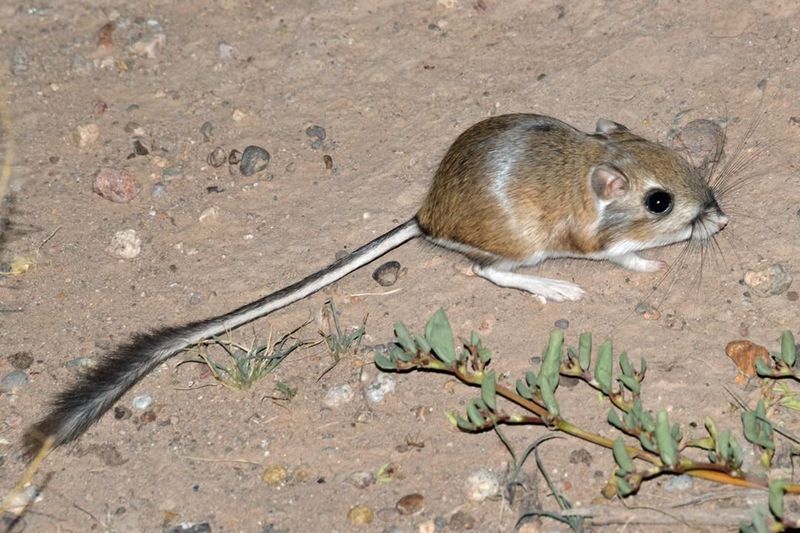
Meet the Desert Pocket Mouse, a tiny desert dweller that thrives in the arid landscapes of the southwestern United States. This small mammal is uniquely adapted to survive with minimal water, obtaining most of its moisture from the seeds it consumes.
With its fur matching the desert sands, the Desert Pocket Mouse is a master of camouflage, evading predators with ease. Its cheek pouches, used for carrying food, are a distinctive feature that sets it apart from other small mammals.
A night owl by nature, this mouse spends its evenings foraging, playing a crucial role in seed dispersion, and maintaining the delicate balance of its desert ecosystem. It’s a small creature with a big job.
7. Baird’s Pocket Gopher
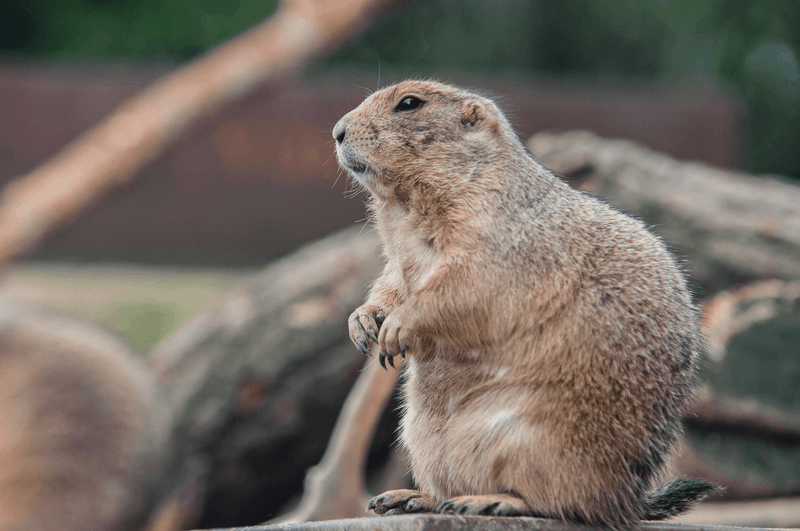
Baird’s Pocket Gopher may have a modest size, but its impact on the environment is substantial. This small mammal is known for its burrowing prowess, altering landscapes with its extensive tunnel systems.
Found primarily in Texas, Baird’s Pocket Gopher helps aerate the soil, promoting plant growth and enhancing soil health. Its tunnels create habitats for other creatures, making it an ecosystem engineer.
Despite its solitary nature, the gopher leaves a big mark on its environment. Its daily activities, though unseen, contribute significantly to the ecological health of its prairie home, proving that small mammals can have mighty roles.
8. Northern Short-tailed Shrew
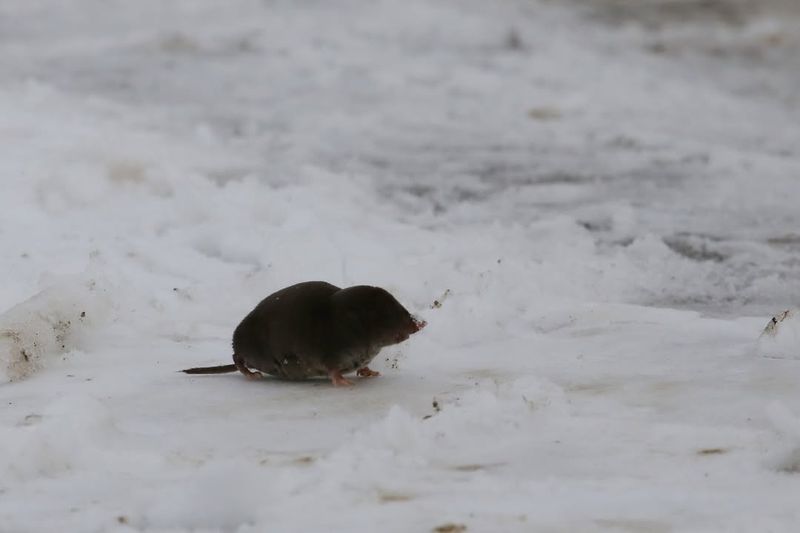
The Northern Short-tailed Shrew, though small, is one of the most formidable insects out there. Equipped with venomous saliva, this shrew can paralyze prey much larger than itself.
Found in the northeastern United States, this shrew thrives in wooded and grassy areas, where its burrowing habits keep it safe from predators. Its venomous bite is a unique adaptation that aids in its survival.
Despite its tiny stature, the Northern Short-tailed Shrew is a critical component of its ecosystem. Its predatory nature helps control insect populations, ensuring the balance of its natural habitat.
9. Little Brown Bat
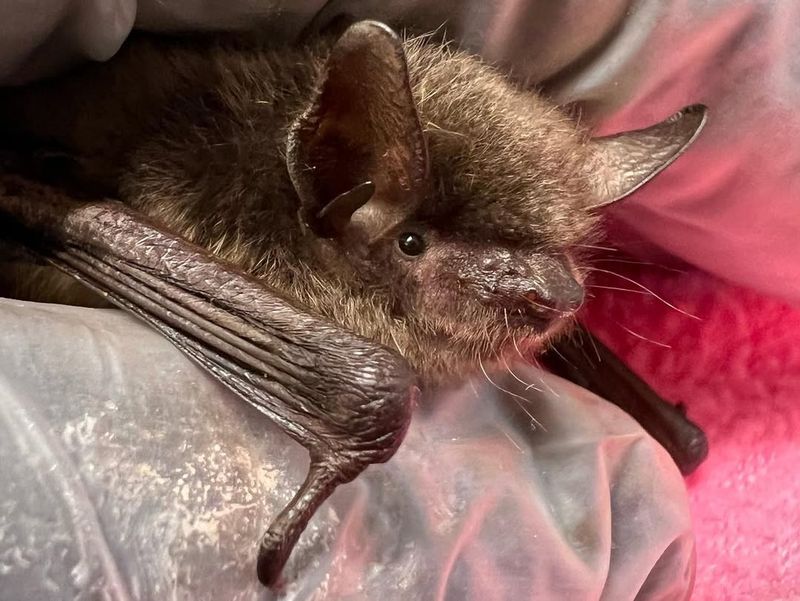
A night-time insectivore with a hunger for mosquitoes, the Little Brown Bat uses its small size and agile flight to master the art of nocturnal hunting.
Hailing from the northern regions of the United States, Little Brown Bats are known for their ability to consume thousands of insects per night. Their echolocation skills make them proficient hunters, navigating the night skies with ease.
Though their name might imply otherwise, these bats are crucial to their ecosystems. Their insect consumption helps control pests, highlighting their importance in maintaining ecological balance. A little bat with a big appetite indeed!
10. Pygmy Rabbit
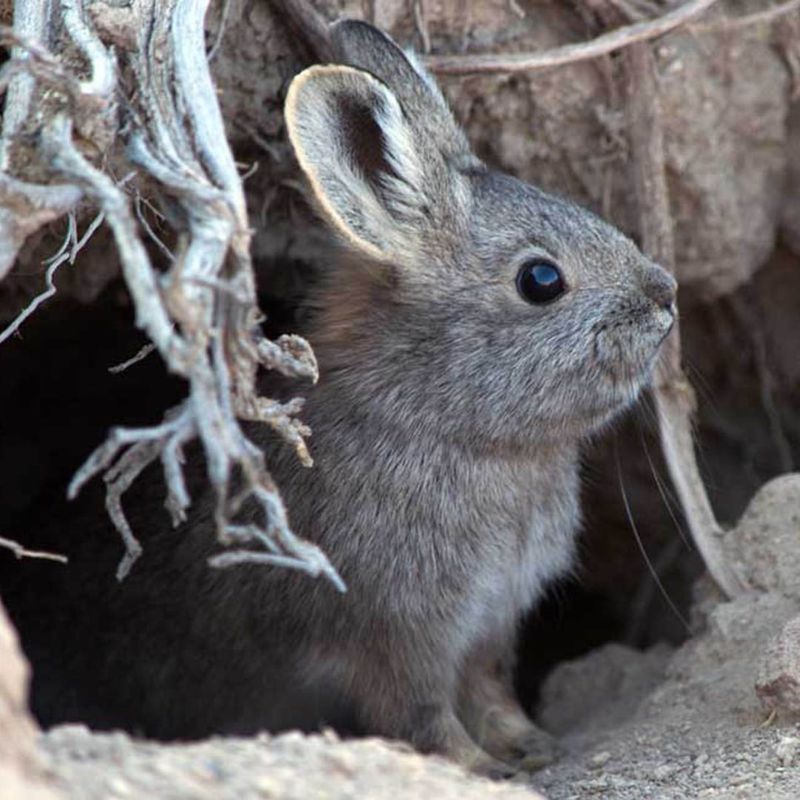
The smallest rabbit species in North America, the Pygmy Rabbit thrives in the sagebrush regions of the northwestern United States, mastering the art of living inconspicuously.
Despite its small size, the Pygmy Rabbit is a voracious herbivore, with a diet composed primarily of sagebrush. This specialized diet makes the rabbit a key species in promoting plant growth and diversity.
With an understated charm, the Pygmy Rabbit plays a significant role in its habitat. Its burrowing activities aid in soil aeration, and its presence is crucial for the health of the sagebrush ecosystem. A small rabbit making a big difference!
11. Pacific Jumping Mouse
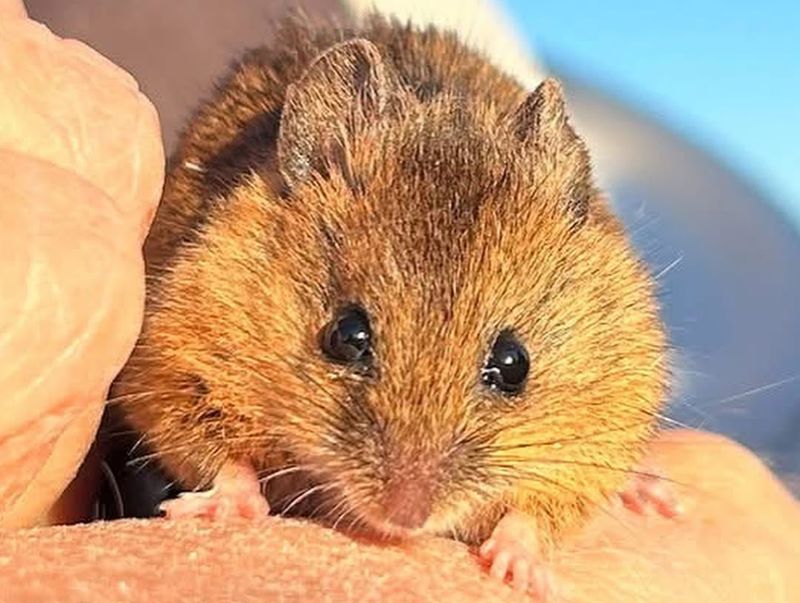
The Pacific Jumping Mouse is an agile acrobat of the forest floor, known for its incredible leaping abilities. Found in the Pacific Northwest, it uses its long tail for balance during jumps.
Despite being small, this mouse makes considerable leaps to escape predators and navigate through dense undergrowth. Its unique locomotion is both fascinating and functional.
As seed dispersers, Pacific Jumping Mice contribute to the propagation of various plant species. They play an integral role in maintaining forest health, proving that even the smallest creatures can have significant ecological importance.
12. Appalachian Cottontail
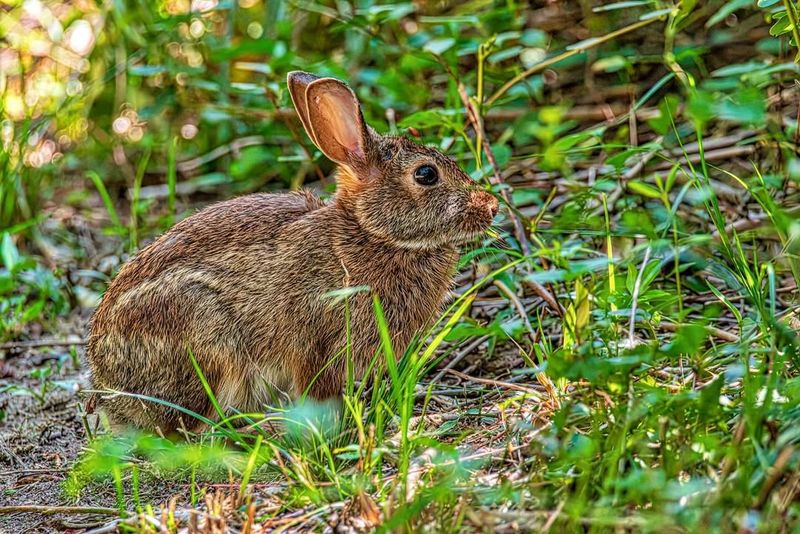
The Appalachian Cottontail is a small rabbit with a big presence in the eastern United States. Known for its fluffy tail and gentle nature, this rabbit is a common sight in dense thickets and forests.
With a diet consisting of grasses, herbs, and shrubs, the Appalachian Cottontail helps in vegetation management and plant growth within its habitat. Its foraging habits are essential for maintaining the health of its environment.
Although modest in size, this rabbit’s role in the ecosystem is mighty. Its presence supports a range of other species, making it a keystone in its natural habitat. A small rabbit with a significant impact.
13. Hispid Cotton Rat
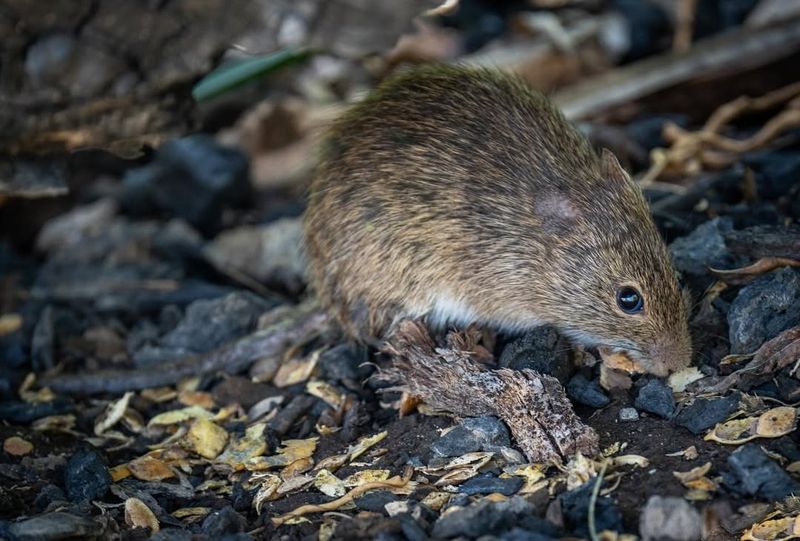
The Hispid Cotton Rat is an unassuming rodent with a knack for survival. Found mainly in the southern United States, this rat is adaptable and resourceful.
With its coarse fur and stout body, the Hispid Cotton Rat is well-suited for various habitats, from grasslands to agricultural fields. Its diet is diverse, including plants and insects, which helps it thrive in different environments.
These rats are not only survivors but also contributors to their ecosystems. Their burrowing activities aerate the soil, and their presence serves as prey for numerous predators. A small creature with a substantial role in its habitat.
14. Marsh Rice Rat
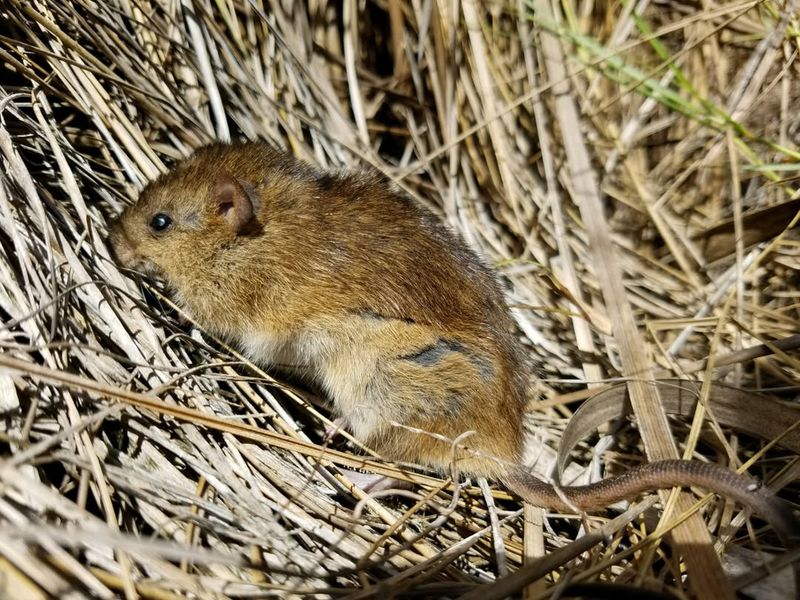
A semi-aquatic wonder of the rodent world, the Marsh Rice Rat resides primarily in marshes and wetlands in the southeastern United States. Adapted to its watery environment, it has partially webbed feet that aid in swimming.
Its diet consists mainly of aquatic plants, insects, and small fish, making it an integral part of the wetland ecosystem. Its foraging helps regulate plant growth and insect populations.
As a prey species, the Marsh Rice Rat supports a variety of predators, contributing to the biodiversity of its habitat. This small rat plays a big role in maintaining the balance of its wetland environment.
15. North American Least Chipmunk
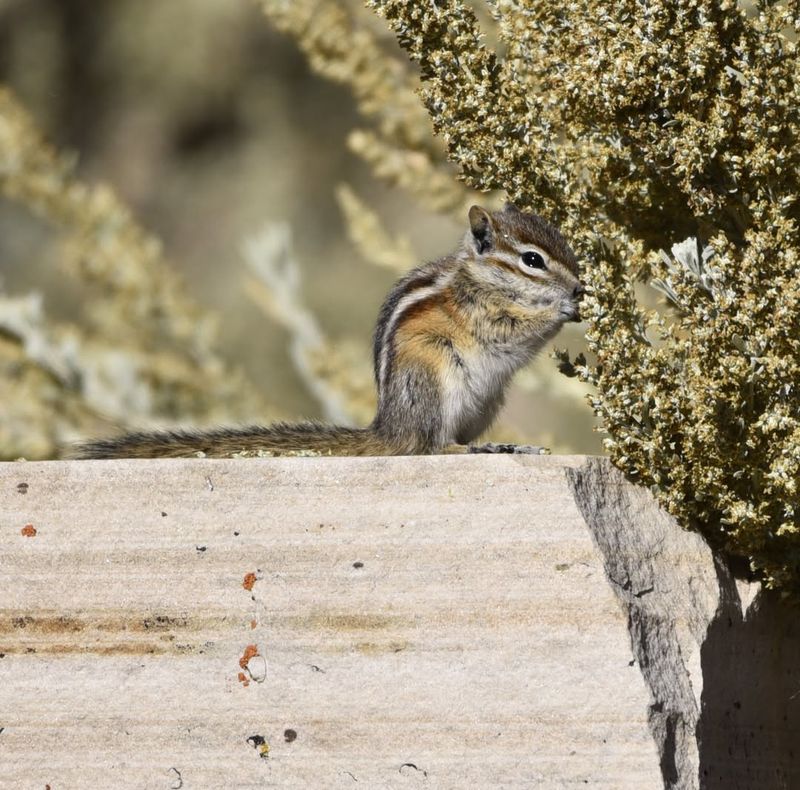
The North American Least Chipmunk is a tiny bundle of energy, known for its quick movements and cheeky demeanor. Found in alpine meadows and forests, this chipmunk is a master forager.
Its distinctive stripes and tiny size make it an adorable sight as it scurries to gather food for the winter. These chipmunks are excellent climbers, often seen darting up trees and rocky terrains.
By collecting and storing seeds, the North American Least Chipmunk plays a crucial role in seed dispersal and forest regeneration. Its busy lifestyle ensures that even the smallest mammals can have a significant ecological impact.
16. Eastern Mole
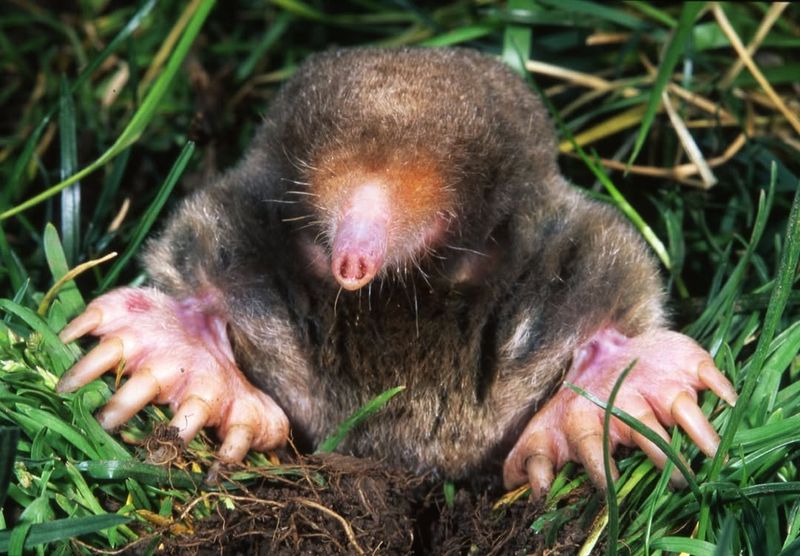
A subterranean marvel known for its exceptional digging abilities, the Eastern Mole thrives in gardens and fields across the Midwest, rarely making an appearance above ground.
With powerful forelimbs and a streamlined body, the Eastern Mole is perfectly suited for life underground. Its tunnels aerate the soil, promoting plant growth and soil health.
Though it spends most of its life out of sight, the Eastern Mole’s impact on its environment is profound. By controlling insect populations and enhancing soil conditions, it plays a vital role in maintaining the balance of its ecosystem.

